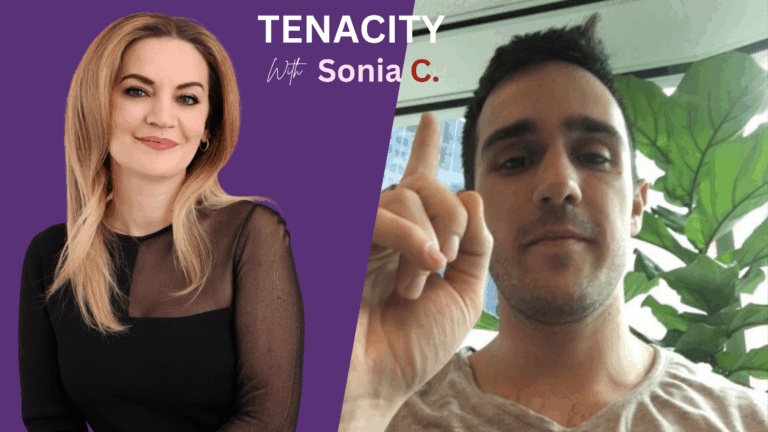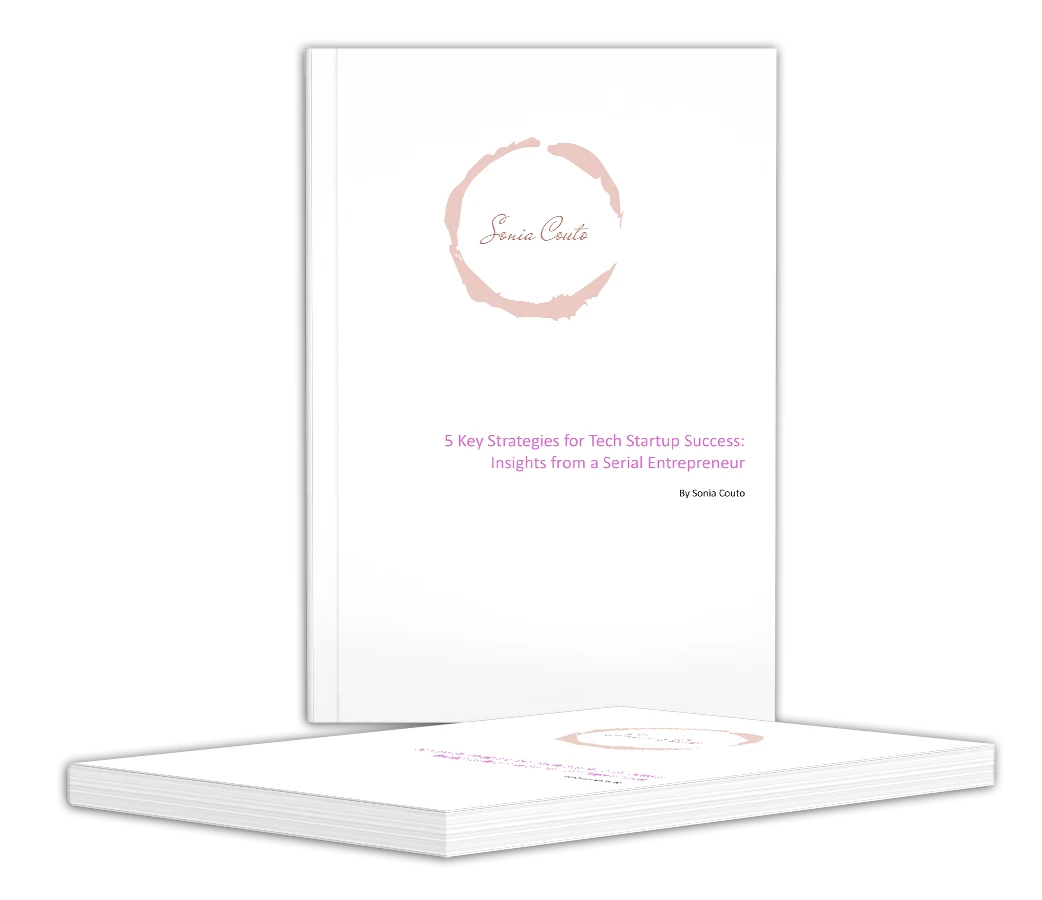If you’re a founder, you’ve probably heard the term Minimum Viable Product (MVP) more times than you can count. But too many entrepreneurs get stuck in the trap of perfecting their MVP before ever putting it in front of real customers.
Here’s the truth: Your first version will never be perfect, and it shouldn’t be.
The Perfection Trap
Many founders believe that launching an MVP means delivering a polished, nearly final product. They delay for months—sometimes years—adding features, refining designs, and tweaking everything until it feels “ready.”
But here’s the problem: You don’t know what your customers want until they use your product. No amount of internal discussions, feature planning, or even market research can replace real-world feedback.
The Power of Launching Early
The best startups understand that an MVP is not about perfection but learning. When you launch early, you:
✅ Get Real Customer Feedback – Instead of guessing, you learn exactly what your target audience wants (and what they don’t).
✅ Save Time & Money – Why waste months building features nobody will use? Iterating based on feedback ensures you’re solving real problems.
✅ Create a Competitive Edge – Speed matters. Getting to market faster allows you to build momentum before competitors catch up.
Examples of Imperfect MVPs That Won Big
- Airbnb’s first version was a simple website with a few listings. There was no complex booking system or reviews—just a way for hosts to post space and guests to find it.
- Instagram: Originally launched as “Burbn,” it was a cluttered check-in app. After feedback, they stripped away everything except photo-sharing—leading to massive success.
- Dropbox: They launched with just a demo video before building the product. That video alone validated demand and helped secure funding.
How to Build (and Launch) an MVP That Works
🔹 Focus on the Core Problem – What is the one problem you’re solving? Build only what’s necessary to test that solution.
🔹 Launch with the Essentials – Instead of packing in features, release the most straightforward version that provides value.
🔹 Get Feedback & Iterate Fast – Use real customer insights to improve. The sooner you get feedback, the better your product will be.
Final Thoughts
The best products are built through iteration, not perfection. If you’re waiting until your MVP feels flawless, you’re probably waiting too long. Get it out there, listen to your users, and refine it.
Want more insights? Connect with me on LinkedIn, Instagram, and Email.
By Sonia Couto | Startup Mentor | Founder | Speaker | Host of Tenacity with Sonia C






